How to make money from the contents of your wardrobe
Is your closet hiding a goldmine?
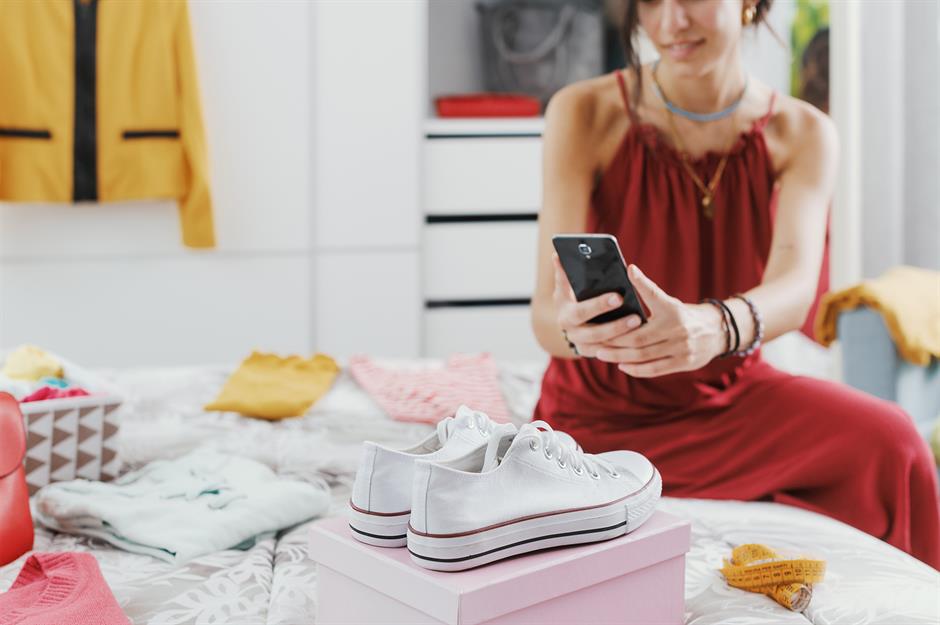
If your wardrobe or loft is crammed with everything from woollen jumpers to evening gowns, it’s time to tackle that clutter head-on. With online marketplaces like eBay and Vinted making it easier than ever to turn pre-loved pieces into cash, letting unworn garments sit idle feels almost criminal. So, fling open those closet doors, you might just find yourself raking in a tidy profit.
Click or scroll through to discover our top clothes-selling tips…
Sort and declutter
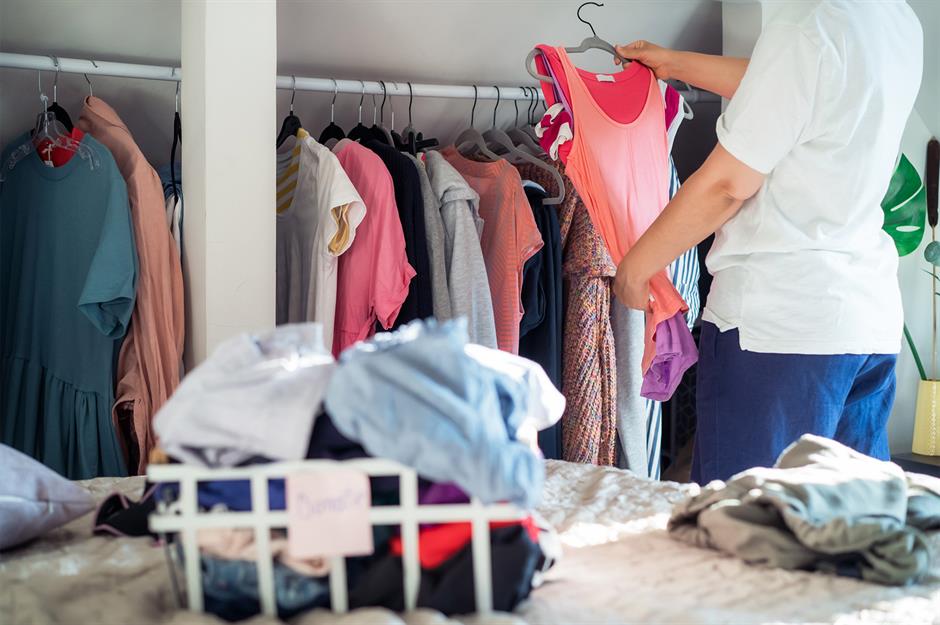
Begin by emptying your entire wardrobe and laying everything out in one place – this gives you a clear overview of what you actually own. Next, sort your clothes into three piles: keep, sell, and donate.
To avoid feeling overwhelmed, break it down section by section; start with tops, then dresses, trousers, and so on. This method makes the process more manageable. It’s a great way to declutter, stay organised, and prep for reselling, and hopefully make some money.
Clean up
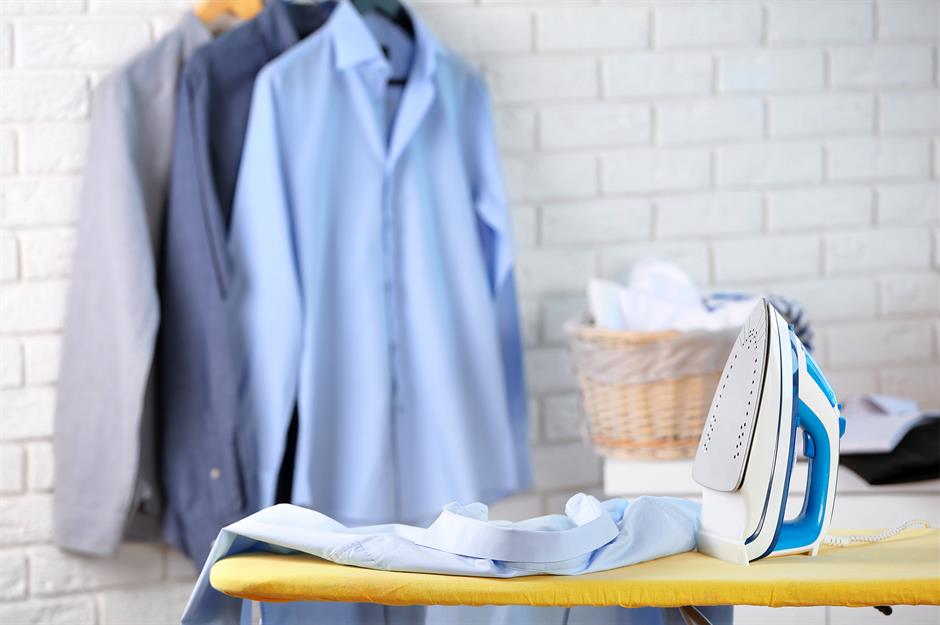
Ensure every piece you plan to resell (or even donate) is clean, free of damage, and fresh-smelling. Use the appropriate washing method, whether machine, hand-wash, or dry-clean, before addressing any damages like loose threads, pilling, or minor tears.
For a polished presentation for reselling, steam or iron your items to give them a crisp, inviting look, ready for photos.
Where to sell?
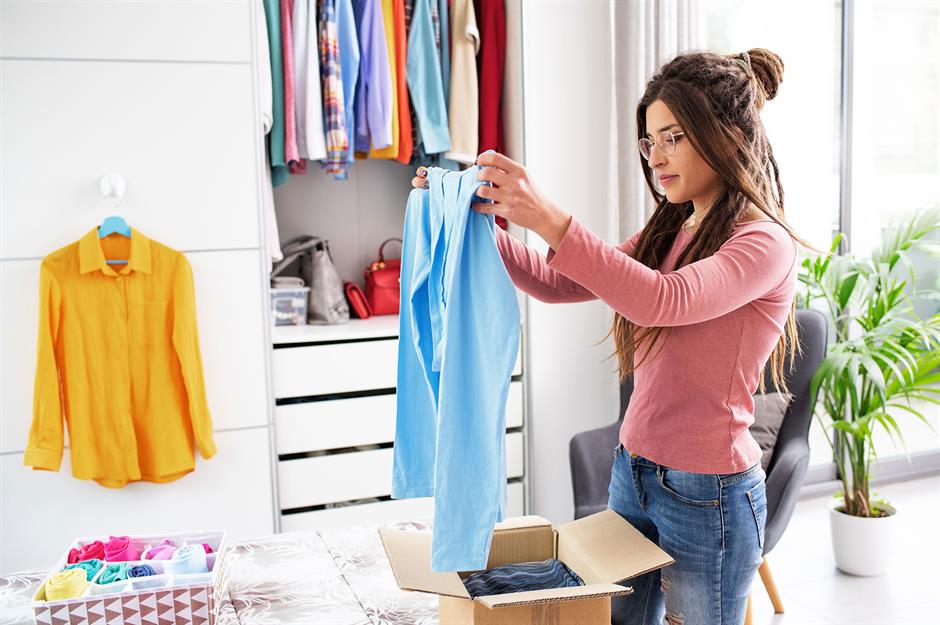
With no seller fees and a broad demographic, Vinted has undoubtedly become a go-to platform for selling across Europe and America. But don’t limit yourself to just one selling option or app. Try listing your items on Depop, which has a slightly younger and niche audience, Shpock, Facebook Marketplace, or eBay.
Each app has a different audience, boosting your chances of a quick sale. Listing on multiple sites is fairly easy and can help you reach more buyers.
Photographs are key
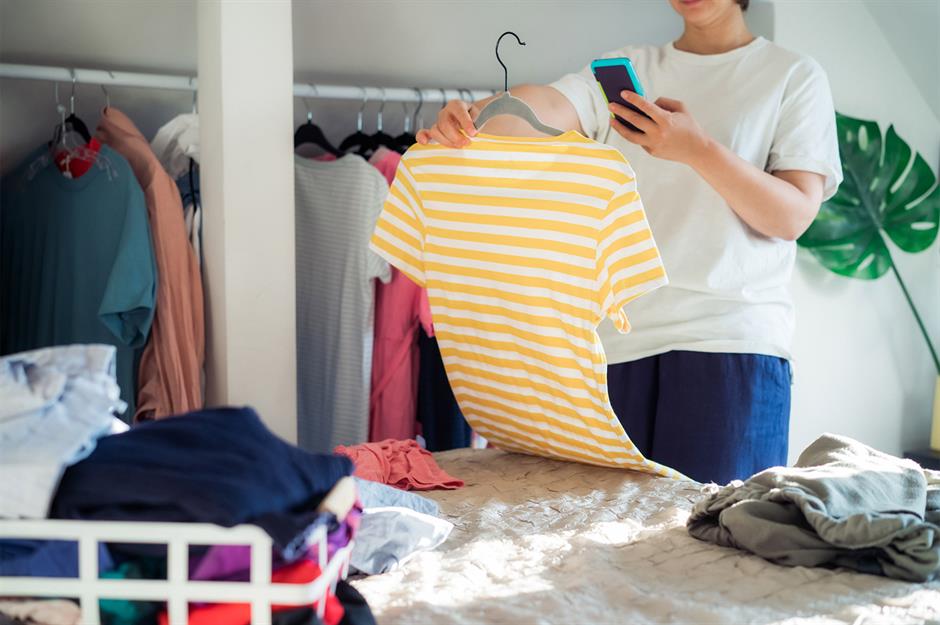
Great photos can make the difference between a sale and not, so it pays to consider your shots. Pop your garment on a hanger, make sure the background is uncluttered, and ensure the lighting is good.
Take photos from a range of angles showing off interesting features such as a close-up of the print, designer tags, wash labels, or any areas of minor damage. For shoes, place them on the original box if you still have it.
Display to sell

Some items of clothing, especially dresses, benefit from being displayed on a body. Consider wearing them or ask a friend to model them for a more lifelike presentation.
Alternatively, a mannequin, if you have one, can be used to showcase the fit and form of some garments which might not look their best on a hanger.
Curate a collection
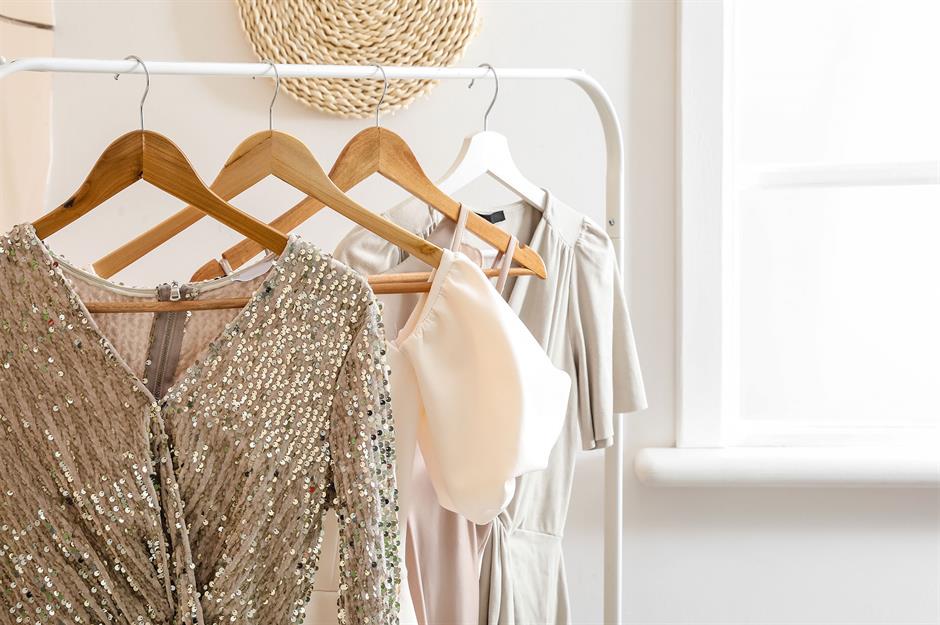
On apps like Vinted and Depop, it pays to view your listings as your own store or shop. Top Cashback advises sticking "to an aesthetic theme”. Remember, creating an eye-catching store can help entice prospective buyers and boost sales.
Consider a cohesive backdrop for your pieces, for example, always photograph against a similar background, like a painted wall or a clothing rail, and use consistent language in your listings.
Think seasonally
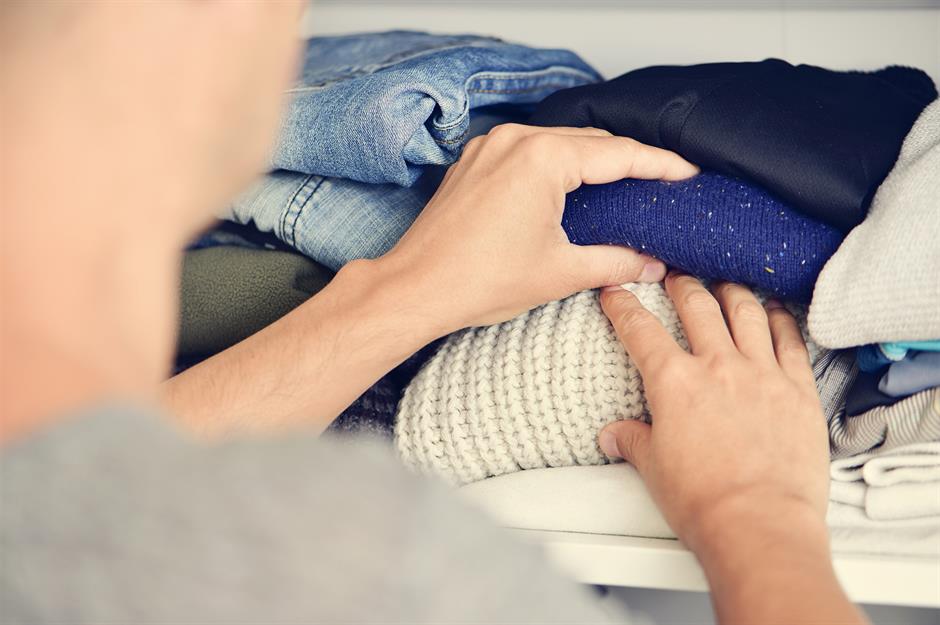
For a quicker sale and to prevent your items from languishing for months, it’s important to get your timing right. Knitwear and raincoats tend to sell better in autumn and winter (northern hemisphere), for example, while beachwear and shorts should fly through spring and summer. Listing ahead of seasonal peaks can also give your items an edge.
During the run-up to major events like Christmas is another good time to list items, as buyers may be looking for that last-minute gift. But beware limited edition items; sometimes it's worth sitting on them for a while to wait for them to increase in value.
What sells best?
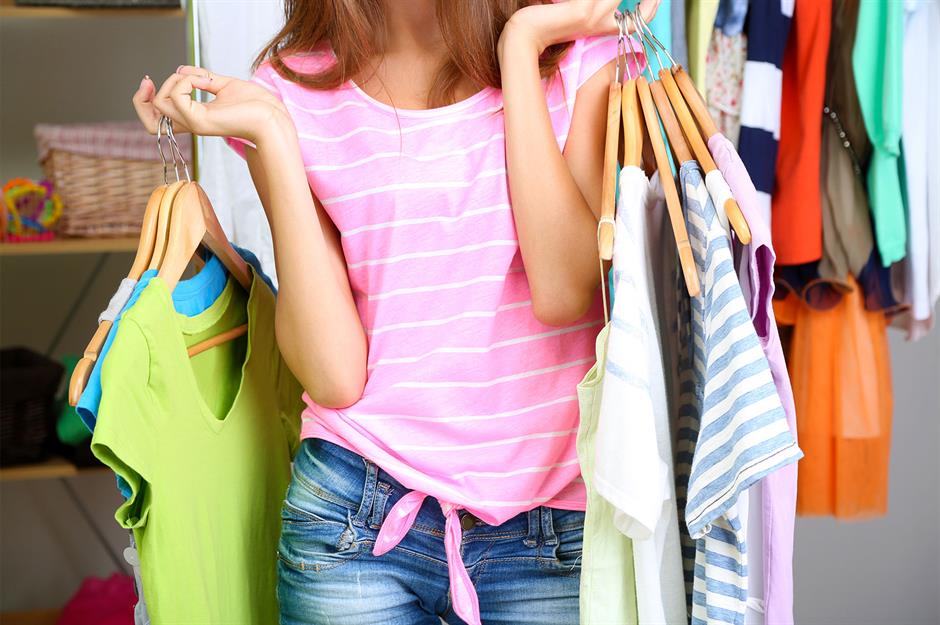
Branded items sell best, especially high street brands for womenswear. Vintage handbags are also top sellers, and branded trainers and footwear from Dr. Martens and Nike.
Vintage, limited editions, and nostalgia pieces also perform. 1990s fashions and indie bands like Oasis are having a moment, so band merchandise like T-shirts from the 1990s and noughties is in high demand.
Price to sell
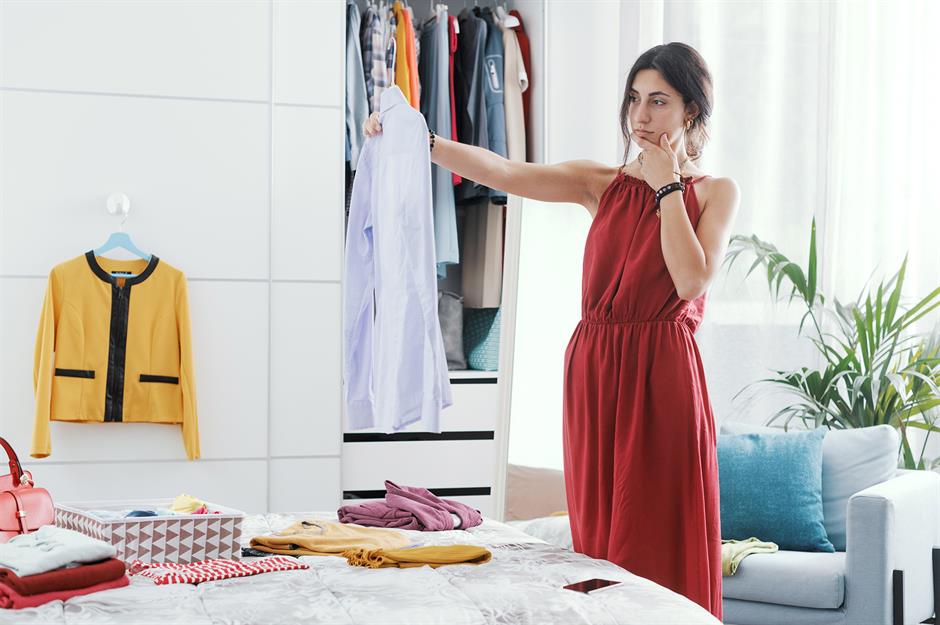
Pricing is key. Go too high and your items may not sell, at least quickly. Start by researching similar items to see what they’re selling for. Consider brand, condition, the original price, and how desirable the item is.
Always factor in any fees and shipping costs to ensure you still make a profit. Price competitively, but leave a little room for negotiation and highlight any unique features or tags to justify your price. The buyer usually picks up the postage tab on Vinted and Depop, but offering more shipping options may attract more buyers.
Get noticed

Although it's tempting to upload everything at once, drip-feeding is better. Vinted advises uploading new items regularly, as any buyers following you will be notified when you add something new. Also, utilise paid-for features like Bump and Wardrobe Spotlight to increase your chances of selling.
Want a fast sale? Reduce the price of your items. Members who follow you or who have favourited your items will be notified of the discount. You can also make an offer to a buyer you have been in communication with.
Offer bundles
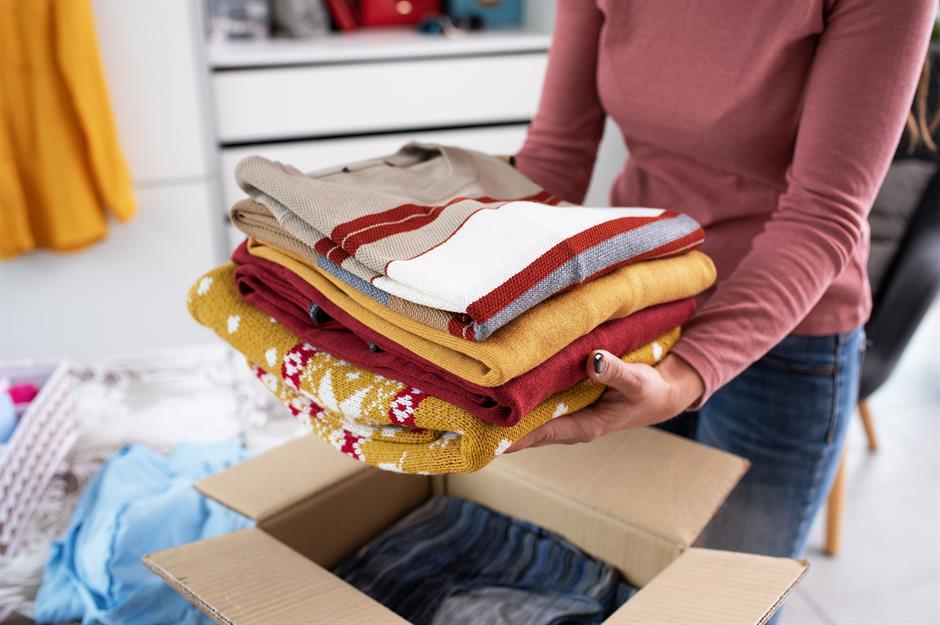
If you have lots of clothing to part with, on some sites, you can choose to offer a percentage discount to buyers who purchase more than one item from you. You can offer a discount on postage, too.
Bundles can encourage bigger purchases and make buyers feel like they’re getting a deal. Don’t forget to mention bundle deals in your item descriptions to attract interest...
Word up

A clear description is as important as quality photographs. Add those important brand names, material, sizing, and any interesting details. Include details and highlight selling points, for instance, if an item comes with tags and has never been worn.
Language is key, too; tell a story to entice buyers in. For instance, if it's a piece you picked up on your travels abroad, let buyers know this, as it adds value and uniqueness.
Keep up communication

We all live busy lives, but good, responsive communication is also a consideration and will boost your credibility as a seller. Always keep buyers informed about the status of their orders, including dispatch and expected delivery times.
This transparency can build confidence in your service and result in a happy customer, both with their purchase and the service.
Premium package
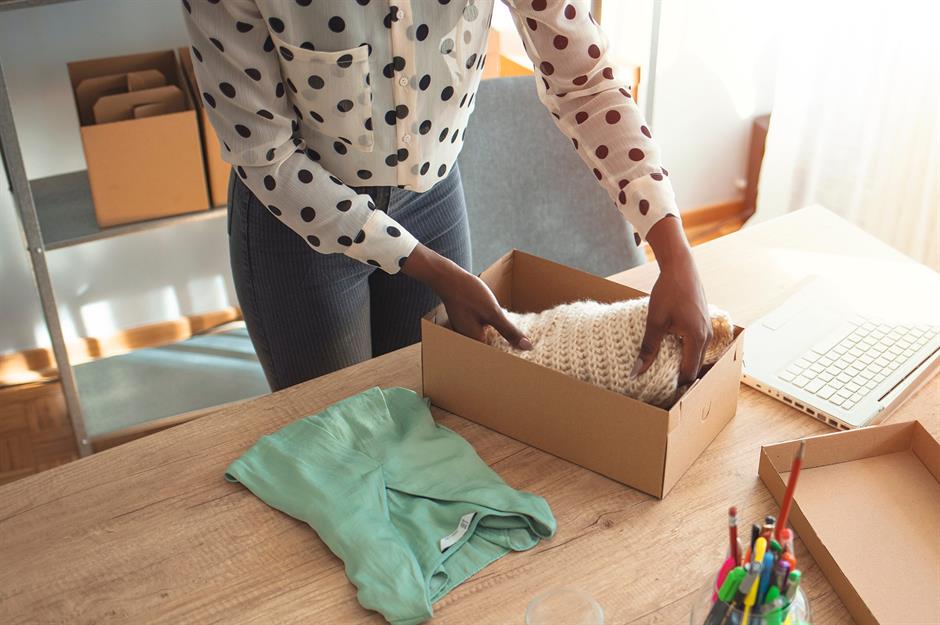
For return customers, it pays to package your garments nicely. We’ve all heard the horror stories of items arriving in ridiculous, not-fit-for-purpose packaging. Don’t be that seller! A secure package, a sheet of tissue paper, or a handwritten note won’t cost the earth, but may make you a memorable seller, and it’ll boost your ratings.
Proper packaging can also safeguard against potential scams. Vinted recommends double-wrapping items to ensure seller protection and photographing the package as proof of safe postage.
Sell at clothing fairs
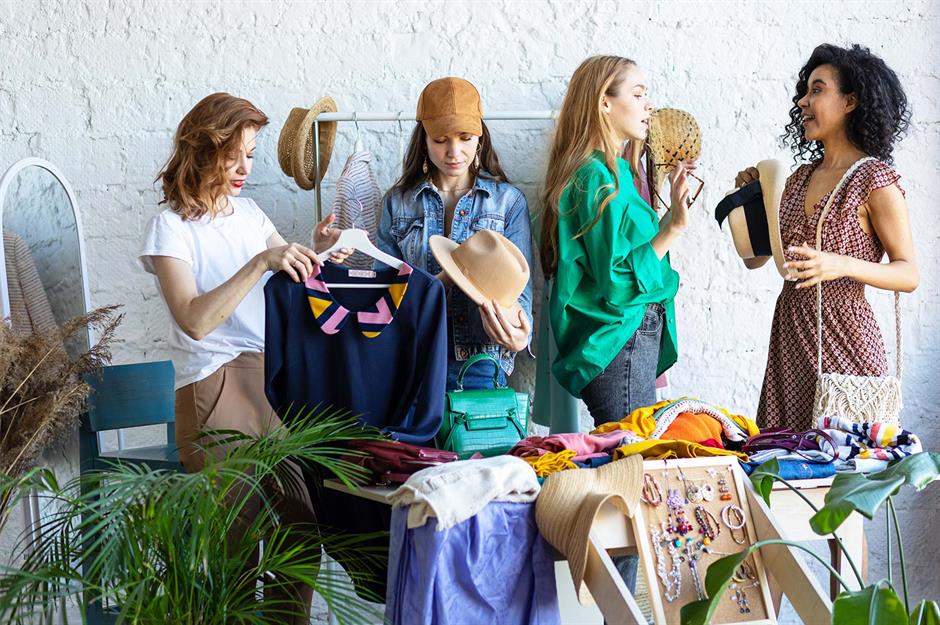
Of course, selling on websites and apps is not for everyone. If you don’t have the time to photograph and list your pieces or you enjoy selling your clothes face-to-face, why not try checking out local fairs or boot sales? But bear in mind you could be haggled down and may not get the optimal prices you want.
If you have copious vintage or particularly desirable pieces, look out for prolific regional events that offer direct selling opportunities to other fashion or collectables fans.
Rent out your clothes
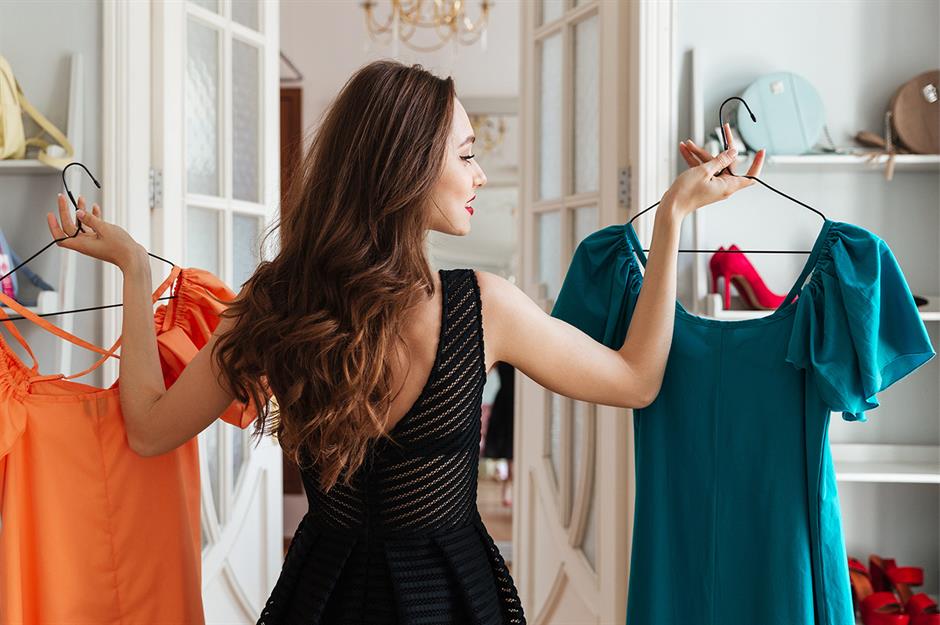
Do you have a special-occasion designer dress you can’t part with? Then why not consider renting it out? Depending on where you live, there are a number of sites that offer this service.
Listing is similar to selling on resale apps. Rental site HURR suggests an optimal rental fee when you list an item. This suggestion typically ranges from 10%-15% of the item's retail price, but as the lender, always read the terms and conditions before listing your items.
Earn commission

If you have luxury designer items, you can get companies to sell them for you to get the maximum return.
Sign of the Times is London-based but has a global customer base. You’ll get paid once items sell and they offer up to 50% commission on clothing and shoes, and up to 80% on handbags and jewellery. They even offer cash up front for certain handbags. Check out similar stores operating in your area that take the work out of selling.
Swap for vouchers
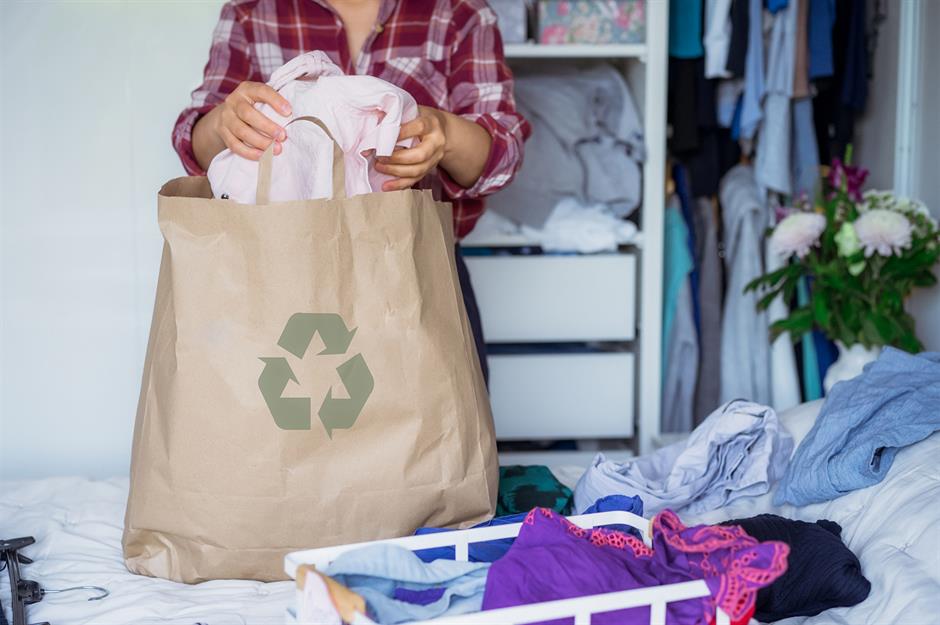
Some high street shops, such as M&S and H&M, offer vouchers for your unwanted clothes.
If you donate unwanted clothing at Oxfam stores, you’ll receive a £5 voucher off a £35 spend on clothing, home, and beauty products in M&S stores, as long as your donation contains at least one item of M&S-labelled clothing.
While H&M’s Garment Collecting programme offers a £5 voucher for any unwanted clothes or textiles for your next purchase in-store or online, you will need to spend at least £25.
Money matters

Don’t forget the legalities. If you earn over £1,000 ($1.3k) in the UK on a side hustle such as reselling, you will need to declare it to HMRC. In the US, the figure is lower – as soon as you earn £300 ($400) or more, you need to declare it to the IRS.
Also, the UK reporting rules for digital platforms require sites like Vinted to provide sellers’ information to HMRC. This means that if you make a certain amount of sales, you’ll need to complete a seller report. The requirements are that you've completed 30 sales or more or sold over £1,700 ($2.3k) within the calendar year.
Loved this? Check out how else your home could be making you money
Comments
Be the first to comment
Do you want to comment on this article? You need to be signed in for this feature